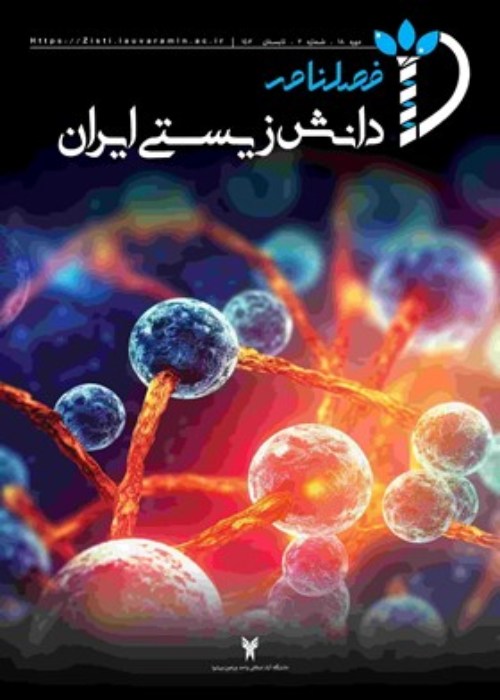Phytochemical examination of the hydroalcoholic extract of Polylophium involucratum (Pall.) Boiss. harvested from the heights of the Javaherdeh - Ramsar and determination of its cytotoxic effects on chronic myeloid leukemia
Nowadays, the emergence of allergies, side effects of drugs, antibiotic-resistant strains, and the need of body to antioxidants emphasized the importance of herbal medicines.
Therefore, this project aims to investigate the phytochemical extract of hydroalcoholic of Polylophium involucratum harvested from the heights of the Javaherdeh - Ramsar and determine its cytotoxic effects on chronic myeloid leukemia.
To this end, Polylophium involucratum seeds were collected from the heights of the Javaherdeh, Ramsar, and extracted using a microwave assisted extraction. Then, using quantitative and qualitative phytochemical tests, determining antibacterial activity by disk emission method and finally, assessing the effect of cytotoxicity on the category of K562 cancer cells using the MTT method was investigated.
Phytochemical screening of the hydroalcoholic extract of Polylophium involucratum confirmed the presence of secondary metabolites such as flavonoids, terpenoids, coumarins, cardiac glycosides, tannins, phenols, quinones, and saponins. The total amount of phenolic compounds and flavonoid compounds was calculated as 12.93±2 and 7.58±7 mg/ml respectively. The percentage of free radical inhibition was obtained at 57.70±0.5 and the IC50 value was 0.66 μg/ml. The aura diameter of non-growth was observed in Gram-negative Escherichia coli bacteria and Gram-positive Staphylococcus aureus and Bacillus cereus 25, 10, and 10 mm respectively. The results of cellular toxicity also showed that Polylophium involucratum hydroalcoholic extract is dose-dependent, with the highest toxicity effect at a concentration of 50 μg/ml, and the highest bioavailability effect at a concentration of 20 μg/ml in 24 hours, with an IC50 level equal to 50.35±0.03 μg/ml with a meaningful level of 5%.
Based on the obtained results, in general, the use of effective plant compounds is considered one of the most effective strategies in the treatment of cancer, and the secondary metabolites in Polylophium involucratum extract can be a promising method in the treatment of cancer, which requires more studies and experiments are to be done in the future.
- حق عضویت دریافتی صرف حمایت از نشریات عضو و نگهداری، تکمیل و توسعه مگیران میشود.
- پرداخت حق اشتراک و دانلود مقالات اجازه بازنشر آن در سایر رسانههای چاپی و دیجیتال را به کاربر نمیدهد.


